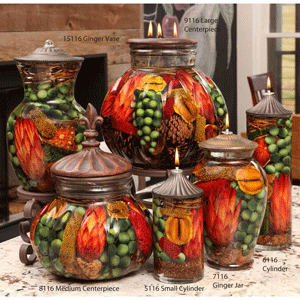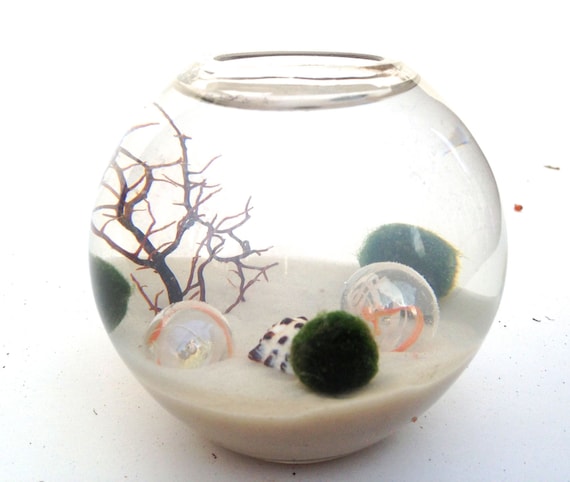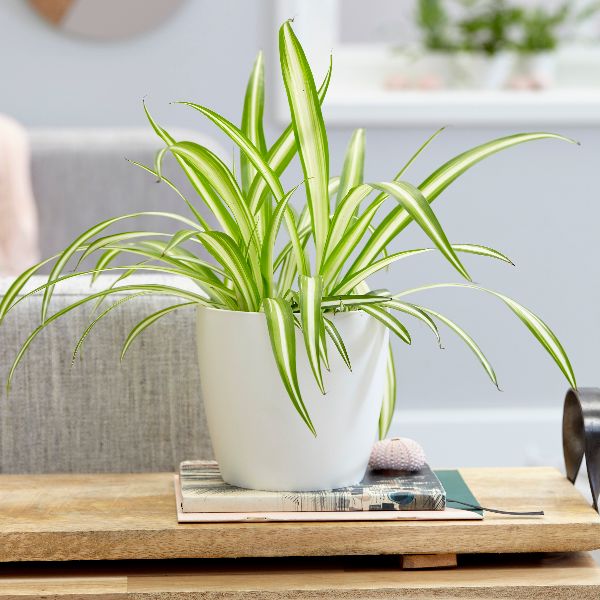Meet Doug, one of our local suppliers.
 |
| Doug with Lugene of Hummingbird Floral |
Celosia (Cockscomb)

An eye catching shape in neon pink, including cockscomb in your arrangement will be sure to have guests asking "What kind of flower is that?"
Rose Lily

Rose lilies are truly a cut above the more common sold at most flower shops. Several layers of petals give this flower its name, giving them even more volume than a standard lily.
Queen Anne's lace

Queen Anne's lace is a delicate flower that can be used in place of or in addition to babies breath.
Tuberose

Tuberose have a mild, Jasmine-like scent and a small, bright white flower that's perfect for small bouquets.
Lisianthus

Lisianthus have a longer stem with round blooms to add height to your arrangement.
Zinnia

Zinnias come in several bright colors that add a pop of color to any bouquet.
We at Hummingbird love buying from local, small businesses like Doug. It's always a pleasure to see the amazing flowers he brings to us. If you'd like to see more of Doug and his flowers, visit his website here or come on by the store to see which of his high-quality stems we have in stock.
-Your flower-loving friends at Hummingbird Floral and Gift














